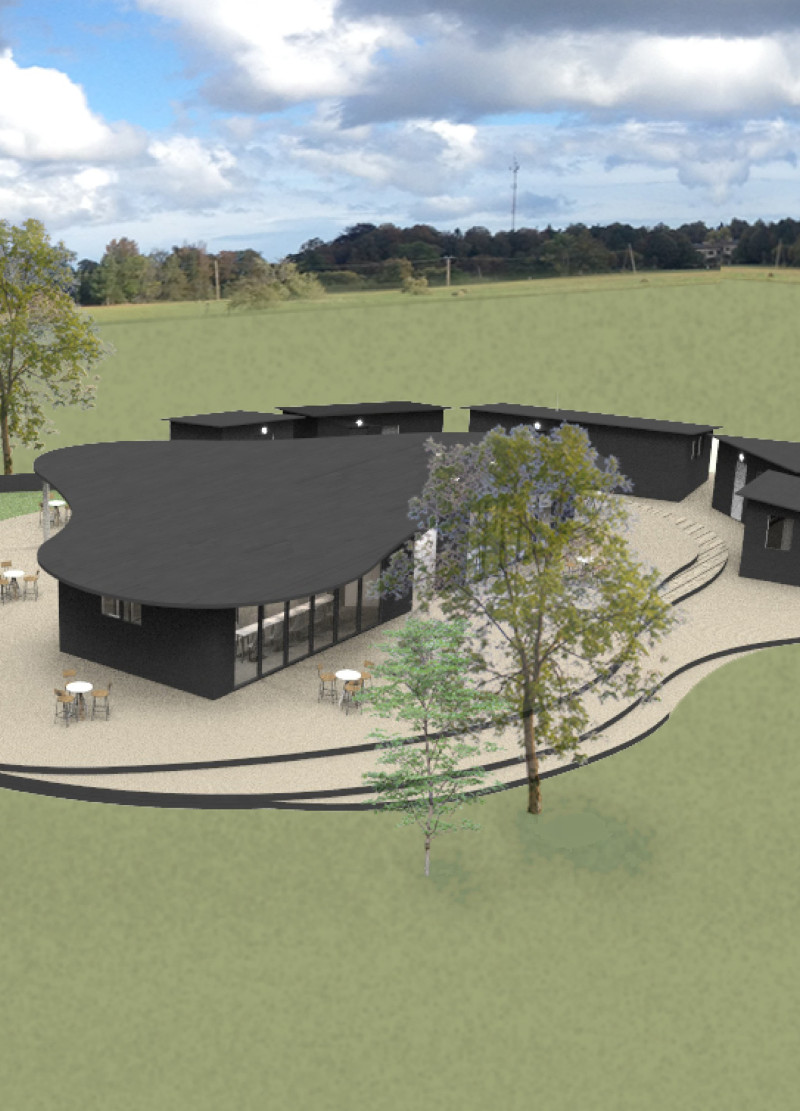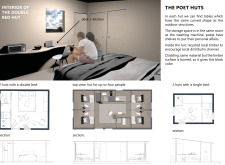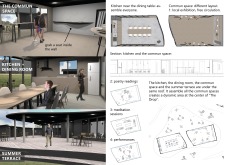5 key facts about this project
"The Drops" is an architectural design set in a natural landscape, aiming to create a strong connection between users and their environment. The project focuses on blending living spaces with the surroundings in a way that feels organic and inviting. The structures take the shape of water droplets, promoting a sense of movement and interaction with the landscape.
Design Concept
The design centers on merging the built environment with nature. The structures mimic the fluidity of water, creating a visual harmony with the surroundings. This approach encourages users to engage thoughtfully with their environment, fostering a deeper awareness of the natural world and their place within it.
Functional Spaces
The project includes huts designed for both individual and communal use. There are two double-bed huts and two single-bed huts, allowing for different accommodation options. The interiors feature tables that reflect the flowing forms of the exterior, offering a consistent experience throughout. This thoughtful arrangement supports both private moments and shared experiences among users.
Community Engagement
A key feature is the communal area that houses a kitchen and dining space. This area is positioned to encourage social interaction, making it a central hub for residents. It is designed to accommodate various activities, such as local exhibitions and poetry readings, which help build connections among people. The focus on community is evident in how these spaces invite participation and foster a sense of belonging.
Materials and Aesthetics
Recycled local timber is used in the construction of the huts, supporting sustainability and local resources. The exterior cladding has been treated by burning, resulting in a distinct blackened finish. This not only contributes to the visual appeal but enhances the durability of the structures. The choice of materials aligns with the project's commitment to environmental responsibility while maintaining a unique character.
As users walk along the paths surrounding the huts, they are drawn into a landscape that encourages reflection and connection. Each element works together to create a dialogue between the inhabitants and their environment. The design offers a space that is more than just a place to live; it becomes a setting for interaction and tranquility in nature.






















































